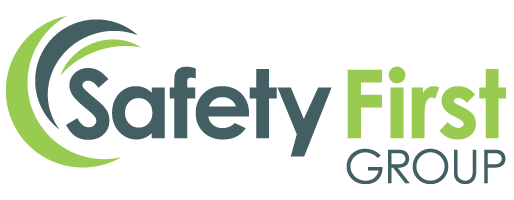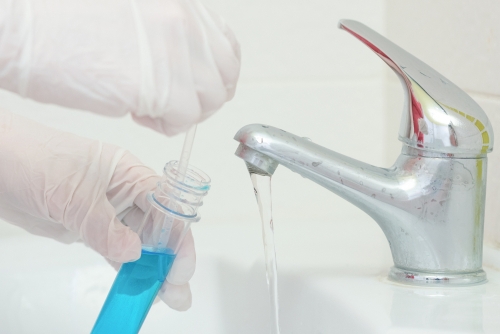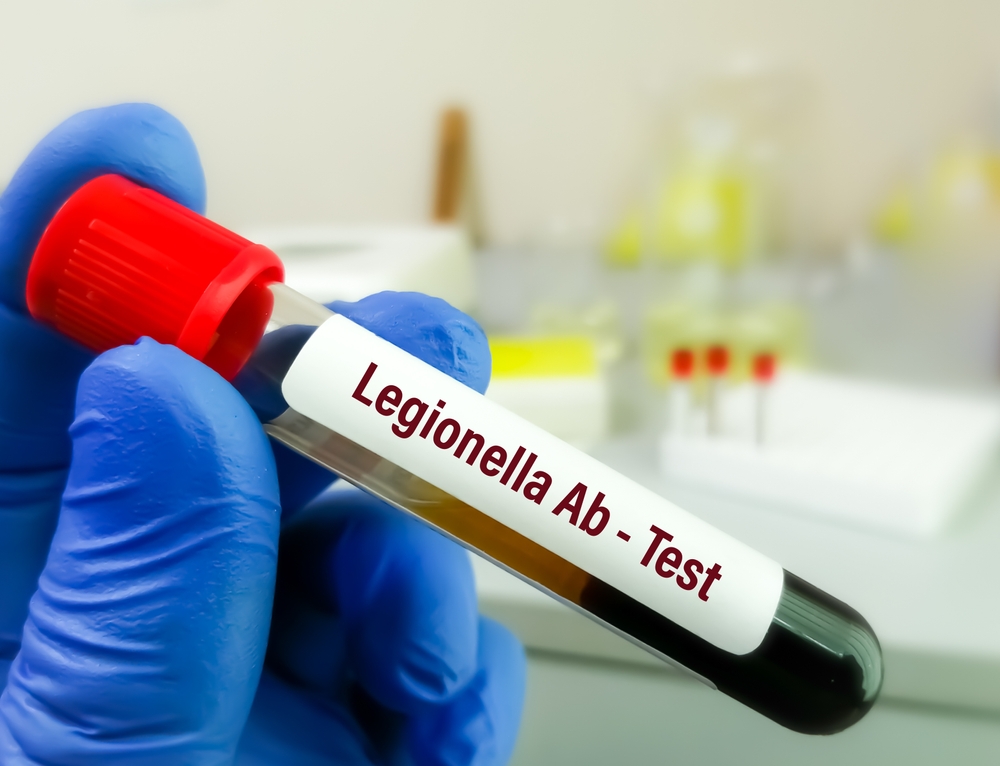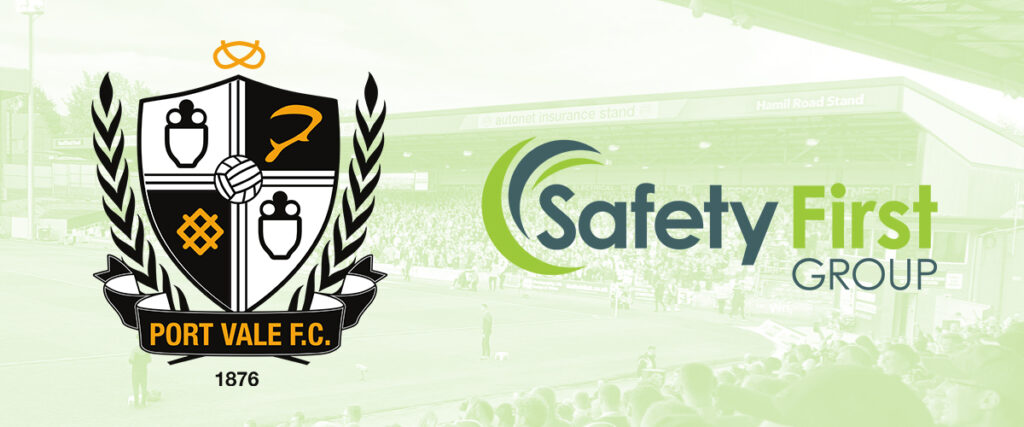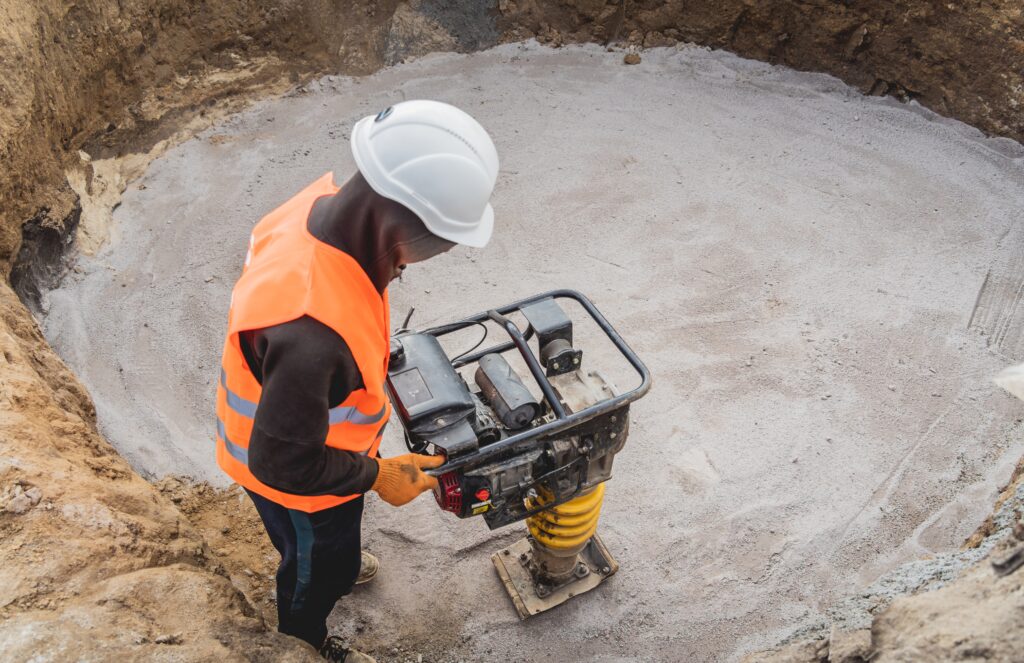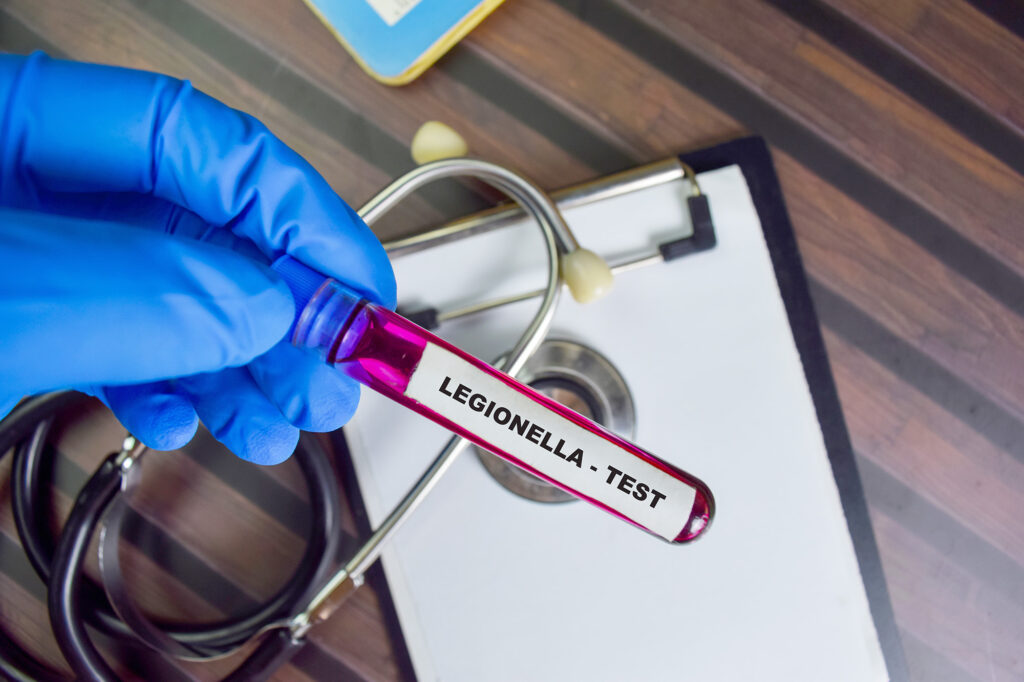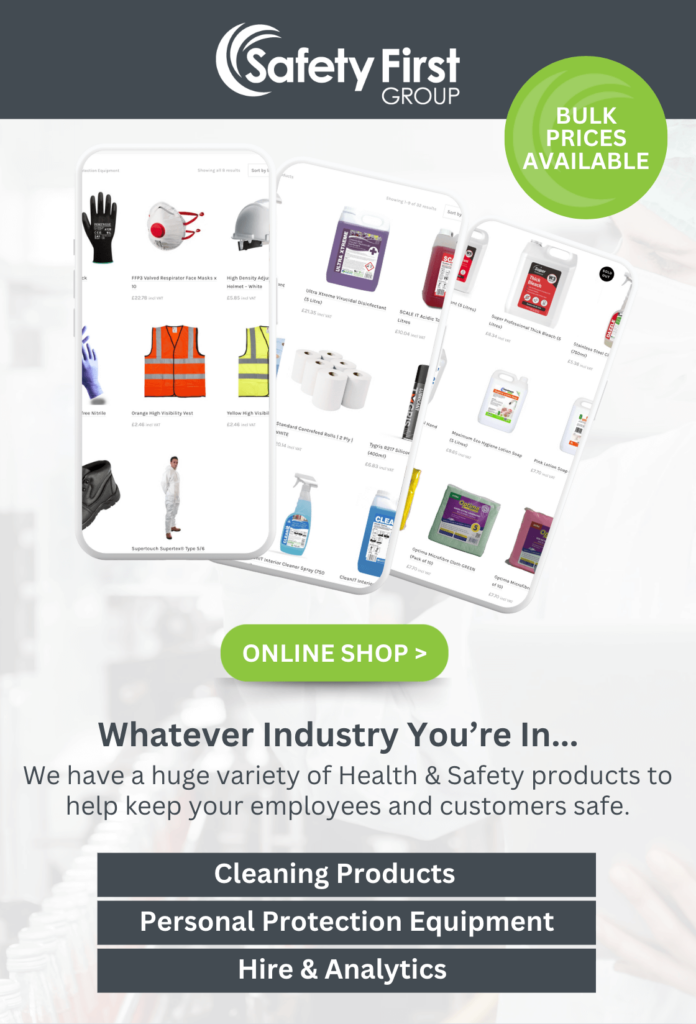In the healthcare industry, especially within the residential care sector, the safety of vulnerable individuals is of utmost importance. Care homes cater to those who are often at higher risk for infections due to age or pre-existing health conditions. Among the health risks faced, Legionnaires’ disease, a severe form of pneumonia caused by Legionella bacteria, poses a significant threat. Implementing robust legionella monitoring and control measures can save lives in care homes by ensuring the health and safety of residents and staff.
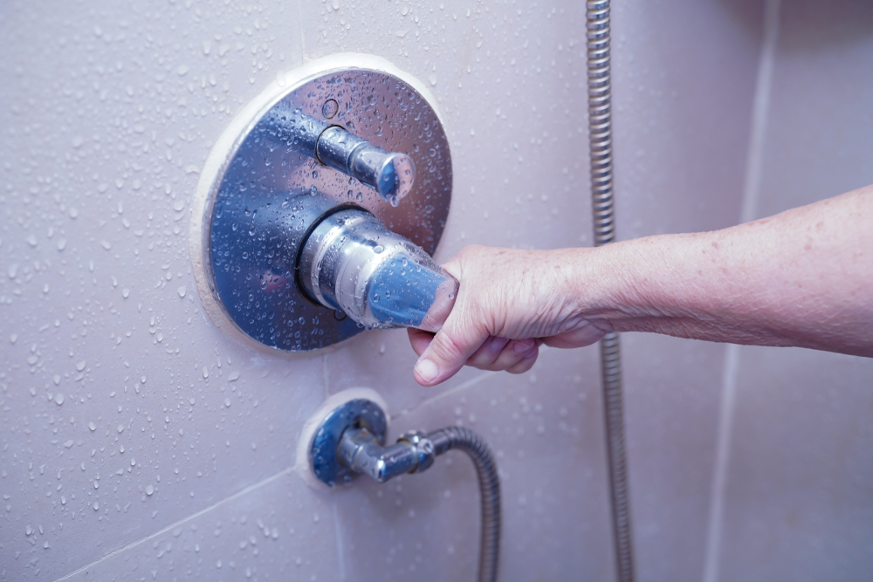
Understanding legionella and its risks
Legionnaires’ disease is caused by the inhalation of water droplets containing the Legionella bacteria, which thrive in certain water systems, including hot and cold water systems, cooling towers, and spa pools. It disproportionately affects those with chronic health issues, weakened immune systems, and the elderly, making care home residents particularly vulnerable.
Regulatory compliance and responsibilities
The UK has established comprehensive guidelines and codes of practice, such as the Health and Safety Executive’s (HSE) Approved Code of Practice (ACOP) L8 and HSG274, which provide advice on managing the risks associated with Legionella.
HSG220, which is specific care home guidance, further highlights the importance of managing legionella risks in these settings. These guidelines require care home operators to:
- Assess Risks: Identify potential sources of Legionella and evaluate the risks they pose.
- Prepare a Written Scheme: Develop a control scheme to prevent and monitor these risks.
- Implement and Monitor Precautions: Take necessary actions and regularly monitor their effectiveness.
- Appoint Competent Management: Ensure that a qualified person or team oversees the management of these risks.
- Maintain Records: Keep detailed documentation of risk assessments, controls, and monitoring efforts.
The lifesaving impact of legionella monitoring
By adhering to these guidelines, care homes can significantly reduce the risk of Legionnaires’ disease outbreaks. Effective legionella control not only ensures compliance with health and safety laws but also safeguards the lives of residents and staff. The consequences of non-compliance can be severe, including legal repercussions and the potential for serious health outcomes among a highly susceptible population.

Seeking expert assistance
Managing legionella risks can be complex, but care homes don’t have to navigate it alone. At Safety First Group, we provide professional legionella risk management services which offer comprehensive solutions, including risk assessments, control plan development, and ongoing monitoring. This expert guidance can alleviate the burden on care home operators, allowing them to focus on providing quality care to their residents while ensuring a safe living environment.
Legionella monitoring is not just a regulatory obligation but a critical component of health and safety in care homes. By implementing and maintaining rigorous legionella control measures, care homes can protect their residents and staff from a preventable yet potentially fatal disease, thereby upholding their commitment to providing safe and secure care environments.
For more detailed information on legionella compliance and risk assessments, visit https://www.safetyfirstgroup.co.uk/sf-services/legionella-compliance-services/ or call us on 0845 004 2133.
